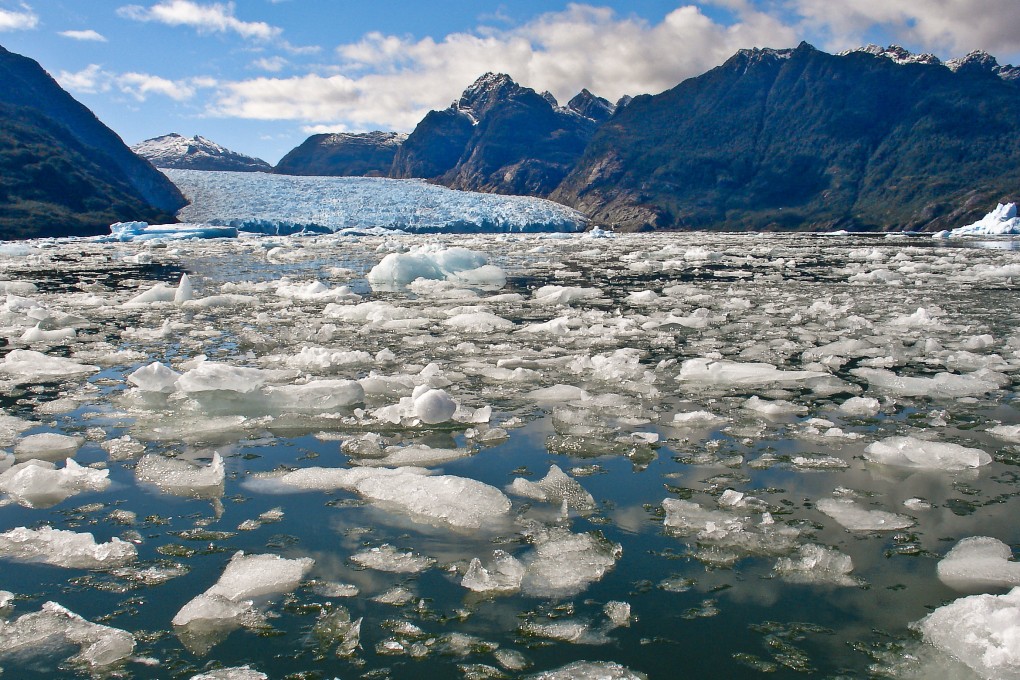How small changes in solar radiation led to big climate events on Earth
- Steady declines in planet’s primary heat source point to ‘pivotal reorganisation’ of the climate nearly 1 million years ago, researchers say

A steady decline in incoming solar radiation that lasted until 935,000 years ago was the likely cause of cooler sea surface temperature trends, as well as a major transitional climate event that altered how the Earth cycles between cooler and warmer periods.
“Incoming solar radiation, commonly known as insolation, serves as the primary heat source for Earth’s climate system,” the research team wrote in a paper published in the September issue of the peer-reviewed journal Global and Planetary Change.
“We hypothesise that cumulative insolation perturbations have disrupted the heat balance within Earth’s climate system, contributing to the Pleistocene long-term climate change,” said the team, which was led by Jin Zhangdong and other researchers from the Chinese Academy of Sciences’ (CAS) Institute of Earth Environment.
During the Pleistocene epoch, a geological period that began about 2.6 million years ago and lasted until 11,700 years ago, extensive ice sheets and other glaciers formed repeatedly over large parts of the world.